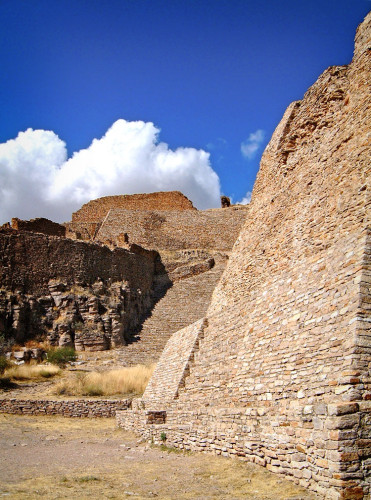
W0157: Votive Pyramid La Quemada’s most outstanding monumental building is the magnificent Votive Pyramid. Standing at 12 metres tall, the Votive Pyramid is quite distinct amongst the pyramids of Mesoamerica, which were typically constructed using a core of rubble and earth, which was formed into platforms and then dressed with stone. The result was a stepped-pyramid construction built to symbolise sacred hills or mountians. The Votive Pyramid is not stepped and must have a stable core to remain standing. It is also too steep to resemble a mountain or hill, which means the symbolism and the construction of the Votive Pyramid is quite unique from traditional Mesoamerican pyramids. The few rows of stairs that remain at the bottom of the Votive Pyramid demonstrate that it was not only different to those found elsewhere, but also far less practical. The sharp incline of the pyramid meant the stairs had to be incredibly shallow and very tall. This makes the climb to the top, where a wooden temple once stood, extremely perilous – especially when dressed in ritual attire and laden with offerings.
The answer to why they chose this unusual technique may lie in the terracing of La Quemada, which shares an identical construction, including the sharpness of the incline (in fig. W0157 you can see the slope of the left-side of the pyramid is visibly aligned with the staircase in the background and the terrace to the left at the top of the stairs). Therefore, it is reasonable to suggest the builders extrapolated the techniques they had already mastered in order to build an imperious focal point for rituals and offerings. This supports evidence found elsewhere at La Quemada, that the people here were not influenced by the civilisations of the Mesoamerican heartland further south and that they developed their ideas and techniques independently.
Votive Pyramid
Votive Pyramid, Ballcourt & El Cuartel
Ballcourt and Votive Pyramid

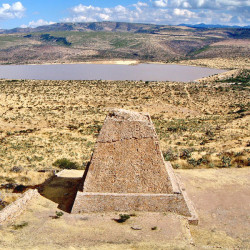
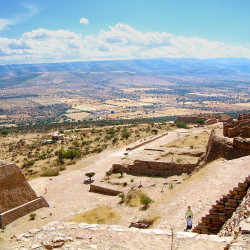
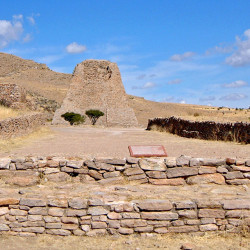
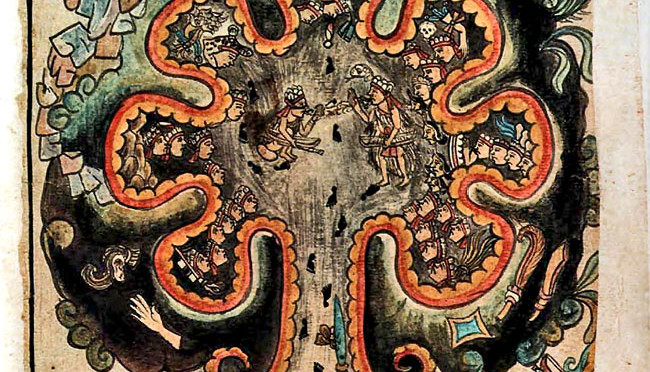
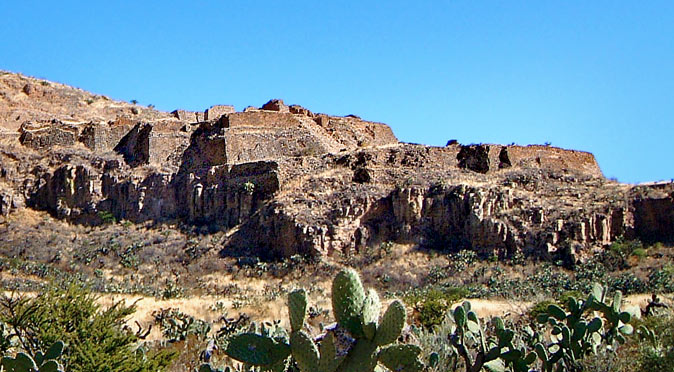
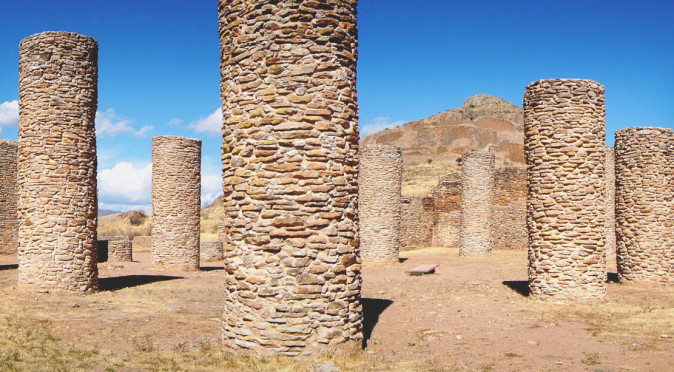
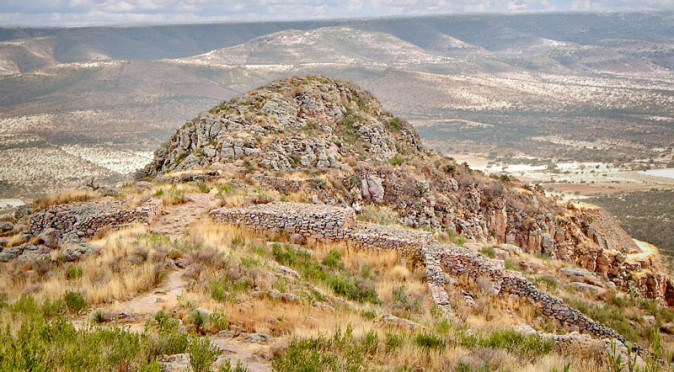
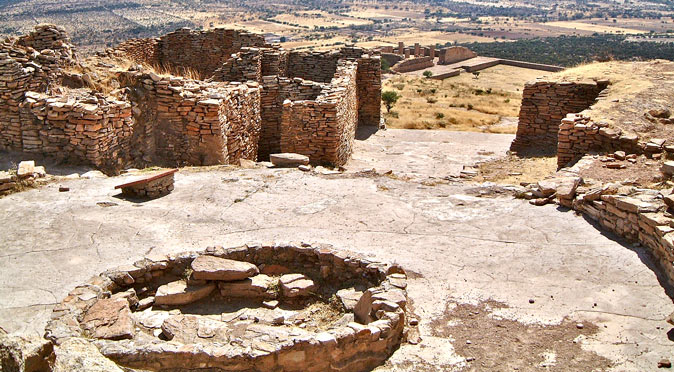
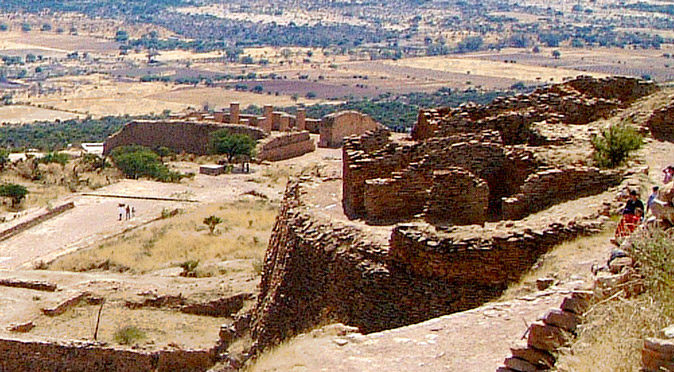
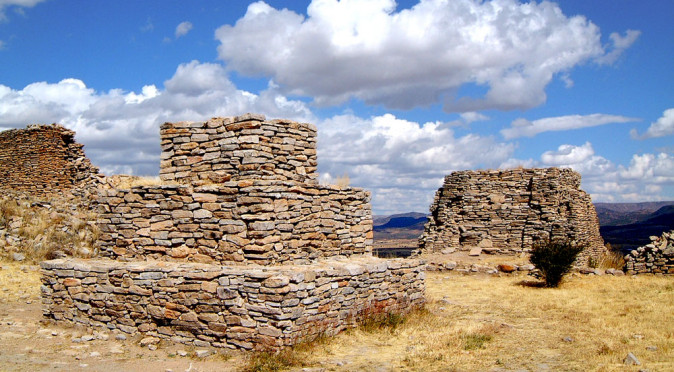
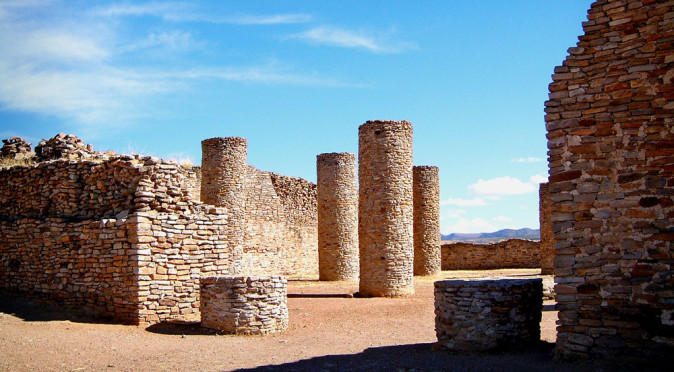
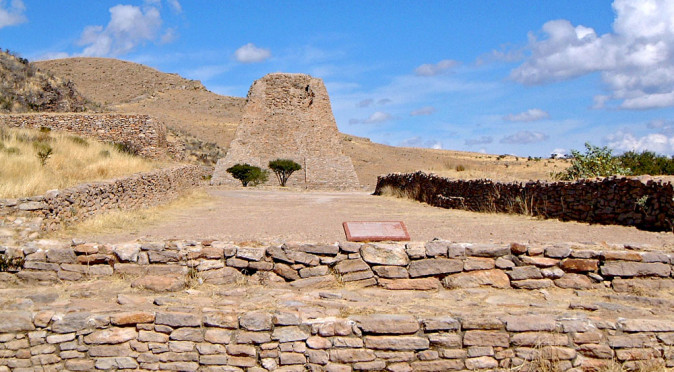
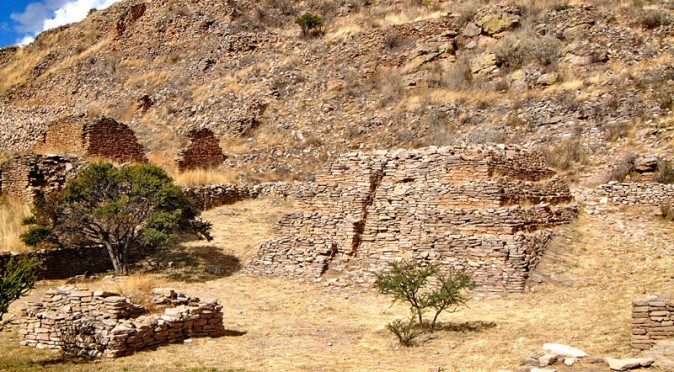
1 thoughts on “La Quemada: The Votive Pyramid”